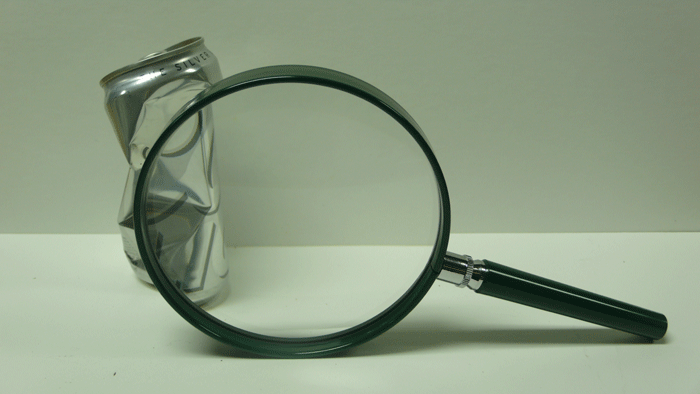BUYING A BIKE
What to Look for in a Used Bike

Once you’ve decided that you want to buy a used bike, there are a few crucial things to check out. This will help ensure that the bike hasn’t been horribly abused and that parts won’t need to be replaced in the near future.
Worn Gear Teeth, Drivetrain
The teeth on the front chainrings and the rear cassette cogs should retain most of their original shape and have a blunted edge. Worn teeth won’t let the chain shift between gears easily, will let the chain skip over them, and are just plain dangerous. As they get worn down, the teeth will become sharper and sharper until they look like a shark tooth. Look for this type of wear on the smaller chainrings and cogs, as they tend to show the wear earliest.
As a disclaimer, newer chainrings have teeth that can be shaped irregularly to facilitate shifting, so don’t mistake them for being worn down. Though they are irregular, they should never be sharp and pointy.
Trueness of Wheels
Wheels are built by adding tension onto each of the spokes, and on a good wheel each spoke will pull with a certain amount of tension that keeps the rim almost perfectly in-line. As the wheel is used and absorbs impacts, the tension on each spoke can change and as a result the wheel won’t spin “true” any more. In an untrue wheel, sections of the rim will pull over to one side.
You can check the “trueness” of most wheels by holding the bike off the ground and giving each of the wheels a spin. If you are looking down on the spinning rim where it passes between the brake pads, you should be able to tell if sections of it are pulling away from the rim’s centerline and closer to the brake pads. While small deviations in trueness are OK, anything more than about 3mm means the wheel may need maintenance or replacement sometime soon.
Gear Shifting
When you buy a used bike, you can generally tell the condition of the whole drivetrain by how responsive the shifting is. While riding the bike at a decent cadence, try shifting through all the front and rear gears. Shift in small increments so you can be sure that the bike doesn’t skip any gears. A well-tuned bike with decent shifters should be able to access nearly all the gears without resistance. Combinations like the big ring in front and big cassette cog in the back may make some noise, same goes for small ring to small cog.
Indexed shifters make clicking noises when used, and one click should mean one shift of a gear. These indexed systems are found on most bikes made after the mid-80’s, and their derailleurs must be well-adjusted to ensure optimum performance. For a used bike, the indexing should work adequately and feel responsive.
Friction shifters are more common on earlier bicycles but still are sold on new bikes because of their durability. They usually look like a paddle, either on the down tube of the frame or on the end of the handlebars. They won’t click and are fully manual, so it is up to you to move the paddle to the right place and the derailleur will respond accordingly. They can take some time to get used to, but because of their simplicity they won’t fail even after years of constant abuse.
Finally, just because a bike doesn’t shift well when you try it out doesn’t mean that it won’t improve once the derailleurs get a tune up or the cables are replaced. However, by buying a used bike that already shifts well, you minimize the amount of money you’ll have to pay to get the bike back to working condition.
Rust, Dents, and Cracks
A bike with a lot of visible rust on it has probably been left outside, which is never a good thing, as the rust slowly makes its way through the frame and weakens it while binding other parts together. A small amount of exterior rust is ok, and an older bike may have small nicks and scratches with minor corrosion, but large exterior spots are not. If possible, take the seat post out of the bike frame and inspect the inside for significant rust.
Dents smaller than a square centimeter will probably not affect the structural stability of a frame, especially if the bike is steel. Small dents can often be found on the top tube, as it is the thinnest-walled tube. Avoid buying bikes with dents bigger than a centimeter just in case, and ask a professional bike mechanic if you have any questions about frame safety.
On the other hand, any sort of cracks in the bike frame or fork voids the safety of the material and the thing should probably be trashed. Cracks are most often found around joints where the frame’s tubes are welded together – clean the bottom bracket area and check its welds carefully.
